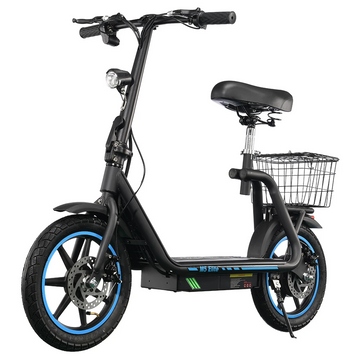Quick Overview
Nonprofit organizations face the challenge of raising awareness and inspiring action while working with limited budgets. Among the many outreach tools available, door hanger campaigns stand out as a simple yet powerful way to connect with communities. By placing a message directly on someone’s door, nonprofits ensure visibility and encourage immediate engagement. This blog explains why Non Profits door hanger distribution is such an effective method, how it compares to other strategies, and why it continues to deliver meaningful results.
Table Of Contents
- Introduction: Why Awareness Matters for Nonprofits
- What Is Door Hanger Distribution?
- Why Door Hangers Work for Nonprofits
- Targeting Communities Effectively
- Cost Benefits Compared to Other Marketing Channels
- Adding Tracking and Measurable Results
- Data That Proves the Value of Door Hangers
- Examples of Nonprofits Benefiting from This Strategy
- Conclusion and Call to Action
Introduction: Why Awareness Matters For Nonprofits
Nonprofits depend on visibility. Whether raising funds, promoting an event, or spreading knowledge about a cause, reaching people directly is critical. Unlike businesses that can rely on ongoing advertising budgets, nonprofits often must do more with less. That’s why strategies like door hanger distribution are so important—they maximize outreach while staying affordable.
What Is Door Hanger Distribution?
At its simplest, door hanger distribution is placing printed messages directly on the doors of households. Instead of competing in crowded mailboxes or digital ads, a door hanger stands alone, demanding attention. In the broader sense, this method is a major part of Door hanger distribution in US, a growing service used by both businesses and nonprofits to communicate effectively with communities.
Why Door Hangers Work For Nonprofits
Door hangers provide guaranteed visibility. When someone returns home, they must remove the hanger from their doorknob, ensuring the message is seen. For nonprofits, this visibility is priceless. A flyer about a blood drive, charity walk, or fundraising event will not go unnoticed. Door hangers also feel more personal, as they arrive right at someone’s home, making the cause seem closer and more relevant.
Targeting Communities Effectively
One of the strengths of door hanger campaigns is their ability to target specific neighborhoods. Nonprofits can choose areas that align with their mission. For example, a food bank might focus on communities where volunteers are likely to live, while a health organization could target neighborhoods where awareness campaigns are most needed. This precise targeting reduces waste and ensures efforts are concentrated on the right audience.
Cost Benefits Compared To Other Marketing Channels
Advertising can be expensive, especially for organizations with limited funds. TV and radio ads cost thousands, while digital ads often require ongoing investment. Door hangers, by contrast, are cost-effective. Printing is affordable, and distribution can be scaled to match a nonprofit’s budget. Studies show print campaigns often have longer-lasting impressions because people keep them on counters or refrigerators, extending their value beyond the initial delivery.
Adding Tracking And Measurable Results
One of the criticisms of traditional print advertising has been the lack of tracking. Modern door hanger campaigns address this by including QR codes, custom phone numbers, or unique discount codes for fundraising events. Combined with GPS tracking of distribution routes, nonprofits can measure exactly where and how their campaigns perform. This data-driven approach ensures every dollar spent delivers real, measurable impact.
Data That Proves The Value Of Door Hangers
Several statistics highlight the effectiveness of this method:
- According to the Data & Marketing Association, 79% of people engage with printed materials delivered to their homes.
- A survey found that 48% of recipients visited a store or attended an event after receiving a flyer or hanger.
- Nonprofits using targeted campaigns report up to 30% higher participation rates when print materials are included in their outreach strategy.
These numbers confirm that door hangers remain a highly effective marketing tool for nonprofits.
Examples Of Nonprofits Benefiting From This Strategy
Door hanger distribution has been used successfully by nonprofits across the country. Community centers use them to promote free educational classes. Animal shelters distribute adoption event flyers. Churches use door hangers to invite residents to services or seasonal events. Environmental groups raise awareness of clean-up drives or recycling programs. In each case, the direct nature of door hangers ensures the message is delivered right to the people who matter most.
Conclusion And Call To Action
For nonprofits, every outreach effort counts. Door hanger campaigns combine affordability, visibility, and measurable results, making them one of the most effective tools available. In a world overloaded with digital ads, door hangers stand out by creating a personal connection right at someone’s front door.
GPS FLYERS® specializes in professional design, printing, and distribution services that help nonprofits amplify their causes. With their expertise, organizations can reach more people, build awareness, and inspire action across communities.



